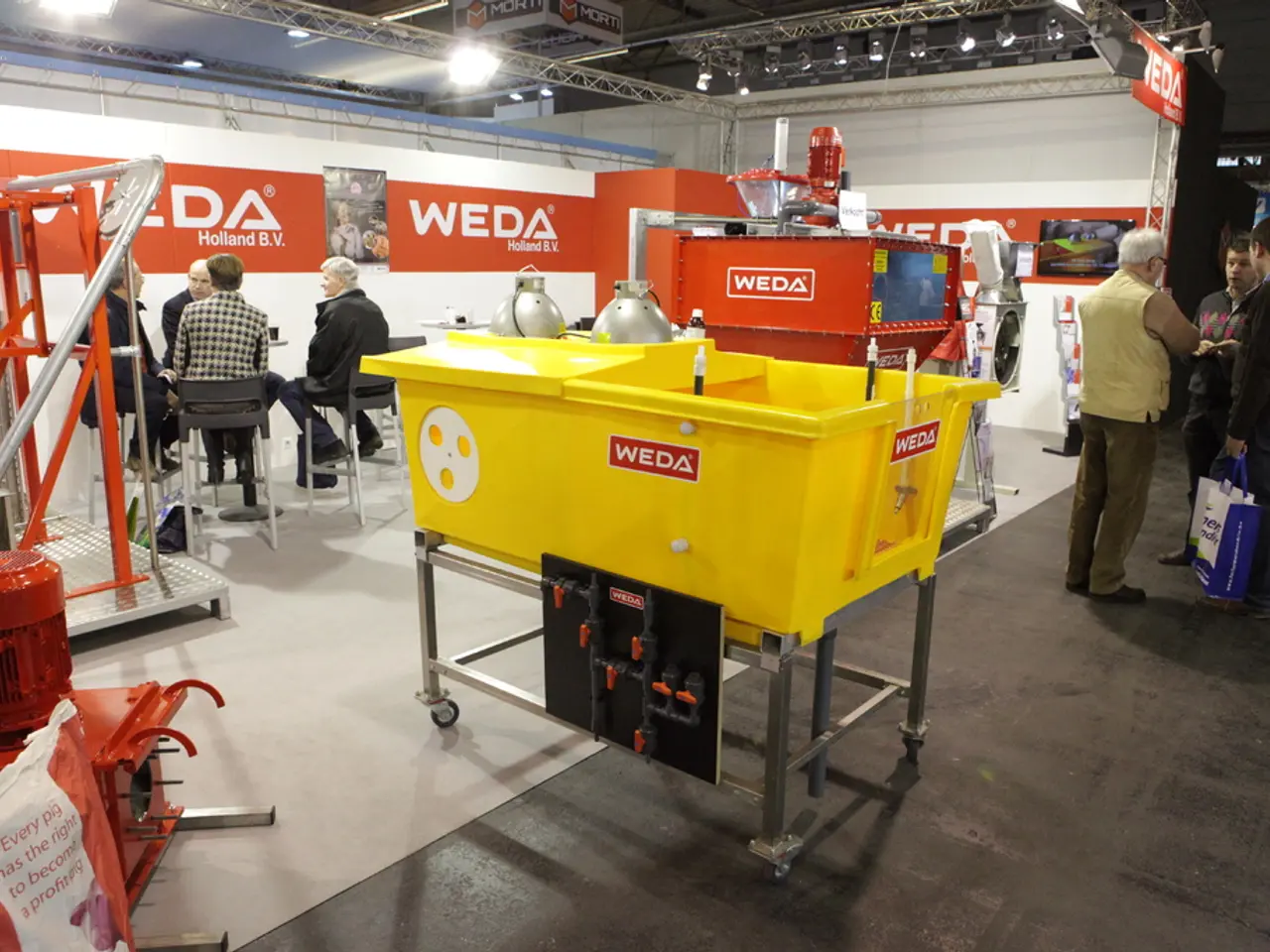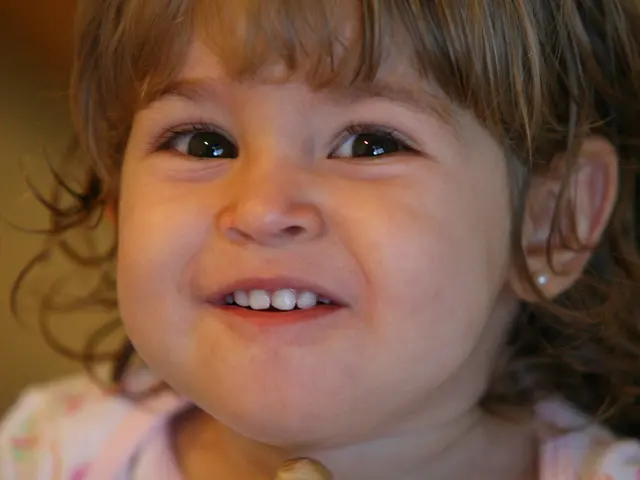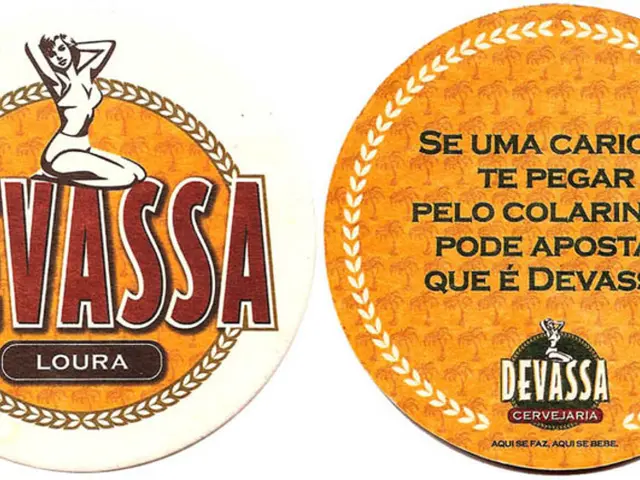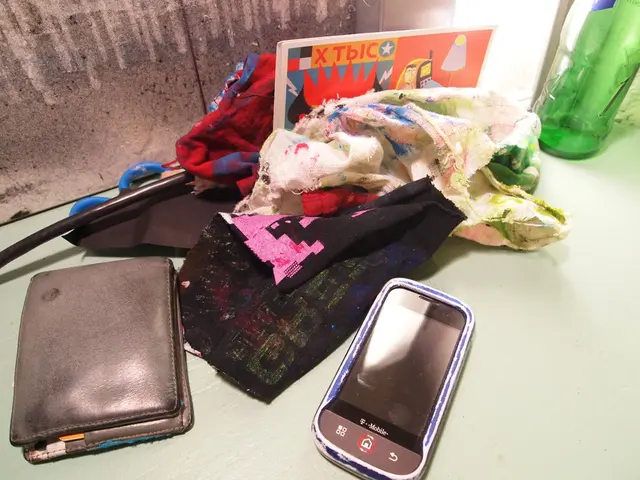Maintaining Permanent Organizational Perfection: A Guide for Perpetual Tidiness
In the quest for a clutter-free home, understanding the underlying factors that contribute to excessive accumulation of belongings is crucial. This article explores the key belief systems and behavioral patterns that make maintaining a clutter-free environment a challenge for many.
One of the primary factors is the perceived future usefulness of items. People tend to hold onto things they believe they may need later, even if unused for extended periods. This anticipation creates discomfort at the thought of discarding them, partly due to fear of regret or being unprepared for future needs.
Emotional attachment and sentimental value also play a significant role. Items often become tied to personal identity, memories, or self-worth, making letting go painful. Discarding possessions can feel like losing a part of oneself.
The "specialness spiral" is another phenomenon that contributes to clutter. Not using an item increases its perceived worth over time, reinforcing the urge to keep it despite lack of actual use.
Indecisiveness and cognitive overload can also lead to avoidance when it comes to making decisions about what to keep or discard. Difficulty in categorizing possessions can result in the accumulation of minimal-value items due to overwhelmed mental processing.
In aging populations, diminished brain functions—such as planning, decision-making, and task flexibility—increase clutter because managing belongings becomes more taxing, and organizing skills deteriorate.
Maladaptive beliefs related to control and perfectionism can also contribute to clutter. Some individuals with obsessive-compulsive tendencies may develop rigid rules about possessions, cleanliness, or order that paradoxically increase clutter and prevent discarding.
Lower tolerance for negative emotions can also lead people to cling to possessions as a coping mechanism, which can perpetuate clutter. Social isolation and reduced external motivation can also encourage clutter buildup, especially in older adults.
Some people associate having more stuff with a higher social status, while our failure to store items properly often stems from habit. Our shopping habits, such as resisting deals in stores, significantly impact the items that end up in our homes.
Addressing clutter often requires not only physical tidying but also cognitive restructuring to change underlying beliefs about possessions and develop new coping strategies. The key to staying clutter-free is aligning our beliefs and habits with our clutter-free goals.
[1] Frost, R. O., & Steketee, G. (2014). The Compulsive Hoarding Guidebook: Why You Save and How You Can Stop. New Harbinger Publications. [2] Neziroglu, F., & Yaryura-Tobias, J. A. (2010). Overcoming Compulsive Hoarding: Why You Save and How You Can Stop. New Harbinger Publications. [3] Tolin, D. F., Frost, R. O., & Steketee, G. (2007). Compulsive Hoarding and Acquiring: Theory, Assessment, and Treatment. Guilford Press. [4] Neziroglu, F., & Yaryura-Tobias, J. A. (2010). Overcoming Compulsive Hoarding: Why You Save and How You Can Stop. New Harbinger Publications.
- To achieve a clutter-free home, one must confront the belief that items may be useful in the future, as it leads to hoarding despite extended periods of disuse.
- Emotional connections and sentimental value often make it challenging to declutter, as possessions become intertwined with personal identity, memories, and self-worth.
- The "specialness spiral" occurs when an item's perceived value increases with non-use, making it difficult to discard despite its lack of utility.
- Indecisiveness and cognitive overload can cause individuals to avoid making decisions about what to keep or discard, leading to the accumulation of clutter.
- In elderly populations, diminished brain functions can contribute to clutter due to difficulties in managing belongings and organizing skills.




